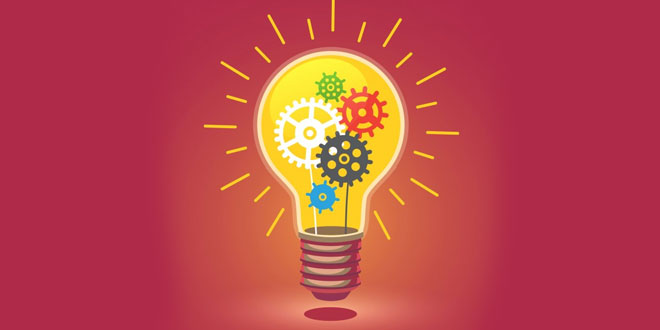Question: Mention one reason why tungsten is used for making filament of electric lamp.
Answer: It has low resistivity and high melting point.
Question: Calculate the number of electrons constituting one coulomb of change.
(Charge one electron = 1.6 × 10-19C)
Answer: Number of electron = 1C/1.6 × 10-19C
= 0.625 × 1019
= 6.25 × 10-18
Question: (i) Name the instrument / device used to measure electric current in a circuit.
(ii) How is an ammeter connected in a circuit to measure current flowing through it?
Answer: (i) Ammeter (ii) In series
Question: In an electric circuit, state the relationship between the direction of conventional current and the direction of flow of electrons.
Answer: The direction of conventional current is opposite to the direction of flow of electrons.
Question: How does the resistivity of alloys compare with those of pure metals from which they may have been formed?
Answer: Alloys have higher resistivity in comparison to pure metals.
Question: Write SI unit of resistivity.
Answer: Ohm-metre (Ω m).
Question: State a difference between the wire used in the element of an electric heater and in a wire.
Answer: The wire used in the element of an electric heater has very high resistance while that in a fuse wire has a low resistance.
Question: Power of a lamp is 60 W. Find the energy in joules consumed by it in 1 s.
Answer: Energy consumed = P×t = 60×1 = 60 J
Question: Which particles are responsible for the flow of current in conductors?
Answer: Electrons
Question: Define electrostatic potential at a point.
Answer: Electric potential at a point is defined as the amount of work done in moving a unit charge from infinity to that point.
Question: What is the SI unit of electric potential?
Answer: In SI, electric potential is measured in volt (V).
Question: Write the mathematical expression for electric potential.
Answer: Mathematically, electric potential is written as V = W/q.
Question: Is electrostatic potential a scalar quantity or a vector quantity?
Answer: It is a scalar quantity.
Question: What is potential difference? Is it a scalar quantity or a vector quantity? Give its SI units.
Answer: It is the amount of work done in moving a unit charge between two given points. It is a scalar quantity and is measured in volt.
Question: When is potential different between two points said to be 1 volt?
Answer: Potential difference between two points is said to be one volt, if a work of 1 joule is done to move a charge of 1 coulomb between the two points.
Question: How can we maintain a potential difference across a conductor?
Answer: By using a source of emf. For example, a battery.
Question: Give a single word for 1 joule/1 coulomb.
Answer: 1 volt
Question: How many joule are there in one kilowatt hour?
Answer: 3.6 × 106 J
Question: How can we measure the potential different across the end of a conductor?
Answer: By using a device called voltmeter.
Question: How can measure the current in a circuit?
Answer: By using s device called an ammeter.
Question: How does the resistance of a wire vary with its cross-sectional area?
Answer: It varies inversely with the cross-sectional area.
Question: How is voltmeter connected in a circuit?
Answer: It is always connected in parallel in a circuit.
Question: How is an ammeter connected in a circuit?
Answer: It is always connected in series in a circuit.
Question: Define current. Give its SI unit.
Answer: Current is defined as the rate of flow electrons. It is measured in ampere (A).
 Class Notes NCERT Solutions for CBSE Students
Class Notes NCERT Solutions for CBSE Students





